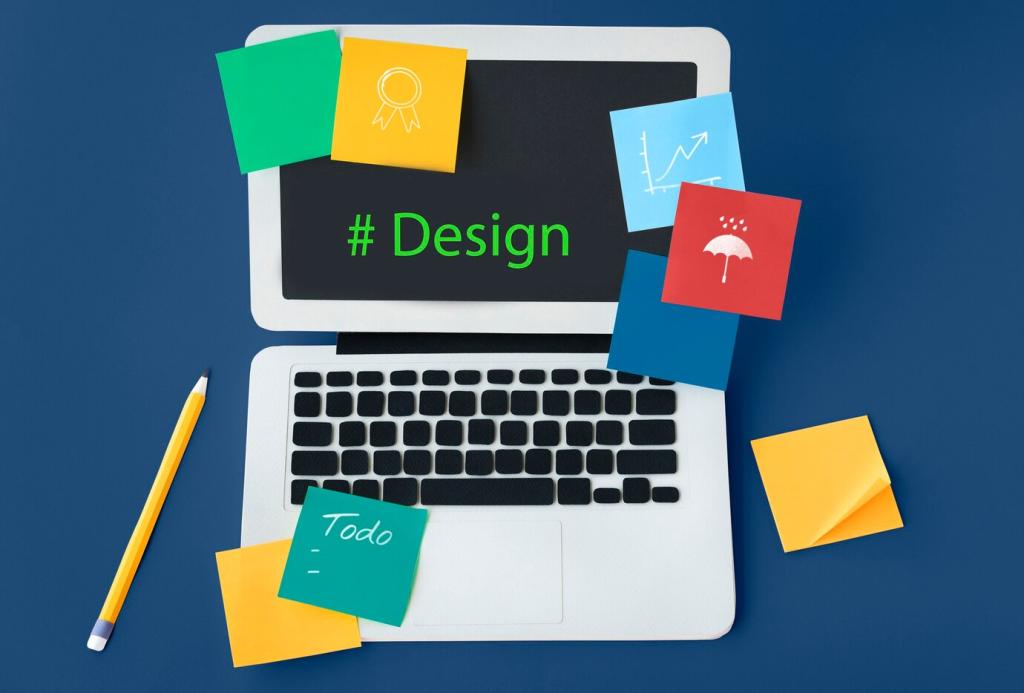
Innovative Approaches to Virtual Interior Staging
Virtual interior staging has rapidly evolved with technological advancements, redefining how homes and spaces are presented in the digital age. Modern tools and creative methods now empower professionals to enhance listings, captivate buyers, and streamline the staging process. This new wave of innovation goes beyond simple photorealistic renderings, fusing art, technology, and psychology to create immersive and highly effective visual experiences. As expectations rise, embracing innovative approaches to virtual staging has become essential for real estate agents, homeowners, and interior designers alike who seek to make properties stand out in a competitive marketplace.

Real-Time 3D Rendering Solutions
Real-time 3D rendering technologies have transformed the speed and quality of virtual interior staging. Using powerful graphic engines, designers can instantly generate highly detailed environments and experiment live with different furniture arrangements or decor schemes. This on-the-spot flexibility allows clients and stakeholders to see changes unfold in seconds, providing a fluid and dynamic collaborative experience. These solutions eliminate the delays of traditional rendering and ensure the final visualization mirrors the envisioned look, increasing buyer confidence and reducing the risk of miscommunication. As internet speeds and computing power continue to improve, real-time rendering stands out as an essential pillar for innovative virtual staging.

Augmented Reality Experiences
Augmented reality (AR) bridges the gap between imagination and reality by overlaying virtual furnishings onto real-world spaces using smartphone cameras or AR glasses. With AR, prospective buyers or renters can visualize how various designs and furniture pieces will look in the actual property before making a decision. This interactive approach allows users to navigate through a home and experience different configurations in real time. The tactile aspect of AR provides a unique level of personalization and emotional connection, increasing engagement and the likelihood of conversion. As AR platforms become more sophisticated and accessible, they continue to reshape the virtual staging landscape.

Enhanced Photorealism with AI
Artificial intelligence-driven enhancements have elevated virtual staging to new heights of realism and authenticity. AI algorithms analyze lighting, texture, and spatial relationships to produce staged images nearly indistinguishable from real photography. These smart systems can suggest optimized layouts, identify design inconsistencies, and automatically retouch images for maximum impact. The ability to produce lifelike visuals swiftly and at scale allows for greater experimentation and customization. As AI technology advances, expectations for quality and believability in virtual staging continue to rise, pushing professionals to adopt ever more sophisticated tools.
Personalized Staging Through Data-Driven Insights
Predictive Design Analytics
Predictive analytics harnesses the vast amounts of available data on buyer behavior, design trends, and market dynamics to inform staging decisions. These insights help virtual staging professionals anticipate what styles, color schemes, and layouts will resonate with specific audiences. By analyzing previous sales data and user interactions, predictive design tools can recommend arrangements likely to appeal to buyers in a given geographic or demographic segment. This intelligent approach improves the odds of making an emotional connection with potential buyers, resulting in faster sales and better returns on investment.
Behavioral Segmentation
Behavioral segmentation divides audiences based on their preferences, habits, and purchase motivations, allowing for tailored virtual staging solutions. By identifying the needs and aesthetic inclinations of different buyer personas, designers can curate digital interiors that speak directly to these groups. For example, urban young professionals may respond to sleek minimalism, while families might favor practical, welcoming spaces. Through the strategic application of this segmentation, each staged room becomes a targeted marketing message, increasing relevance and capturing attention in competitive property listings.
Feedback-Driven Layout Optimization
Modern virtual staging platforms can incorporate direct feedback from buyers, agents, or focus groups to optimize layouts and design elements. Using interactive tools, stakeholders provide real-time input on furniture placement, color schemes, and overall ambiance. This feedback loop enables a cycle of continuous improvement, ensuring the staged scenes closely align with market desires. Automated analytics track which designs generate the most interest and engagement, allowing professionals to fine-tune their approach and maximize listing appeal. Over time, this iterative method ensures that each staged property evolves to match the evolving tastes and preferences of target audiences.
Integrating Sustainability and Eco-Conscious Design

Advanced simulation tools can now represent a wide array of eco-friendly building materials, furnishings, and finishes. By showcasing sustainable flooring, recycled decor, or energy-efficient appliances in virtual scenes, properties can demonstrate their green credentials without incurring the cost or commitment of physical upgrades. These visuals enable buyers to imagine an environmentally conscious lifestyle, highlighting renewable resources and low-impact choices. As awareness around green living grows, these simulations create a distinct competitive advantage, signaling a property’s alignment with contemporary values.
